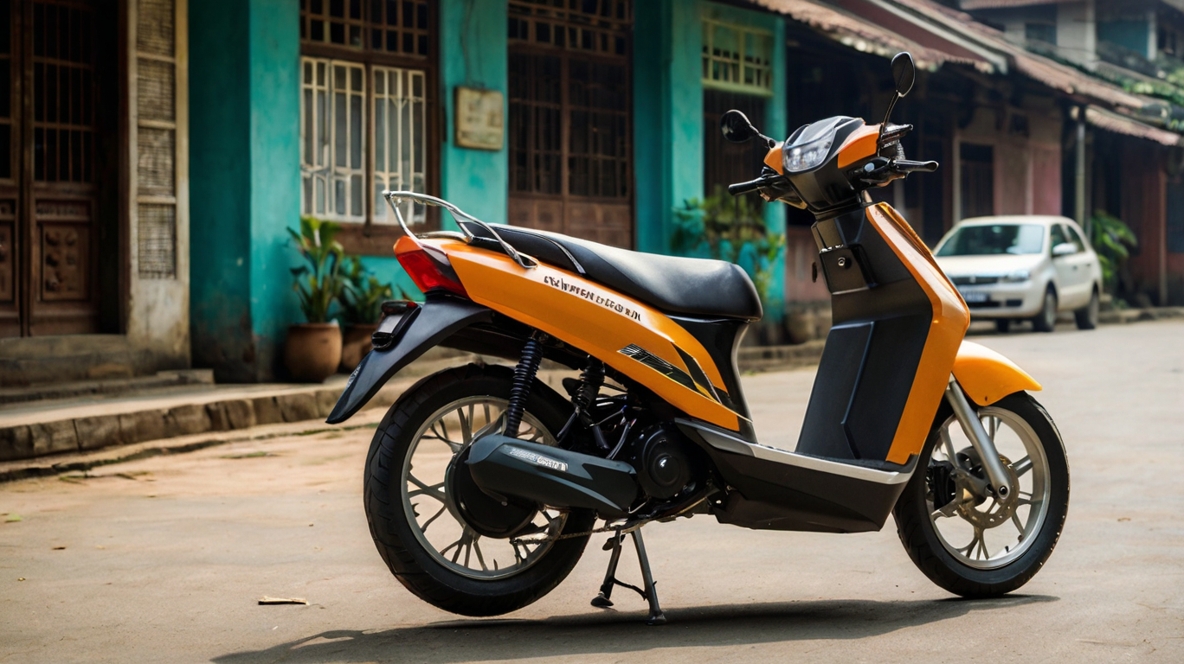The Indonesia Electric Two-Wheeler Market is expected to see considerable growth by 2025, driven by factors such as environmental concerns, government initiatives, and urban mobility trends. As the world moves toward greener transportation solutions, Indonesia, one of Southeast Asia’s largest and most populous nations, is beginning to embrace electric vehicles, especially electric two-wheelers. With motorcycles being the most common mode of transport in Indonesia, the shift to electric two-wheelers is set to transform the transportation landscape. This article provides an analysis of the market, highlighting the key drivers, challenges, and opportunities that will shape the future of Indonesia electric two-wheelers market in Indonesia.
Environmental Awareness and Government Support
As global environmental concerns grow, Indonesia is increasingly focused on reducing air pollution and promoting sustainable practices. Air quality in major cities, such as Jakarta, is a pressing issue, with emissions from gasoline-powered motorcycles contributing significantly to pollution. Electric two-wheelers offer a cleaner, more eco-friendly solution, making them an attractive option for consumers and policymakers alike.
The Indonesian government has already made strides in encouraging the adoption of electric vehicles (EVs) through policies, subsidies, and incentives. The introduction of the “National Electric Vehicle Roadmap” in 2020 set ambitious targets for electric vehicle adoption, including a focus on electric two-wheelers. By 2025, the government plans to significantly increase the number of electric vehicles on the roads, with electric motorcycles and scooters playing a central role in achieving these goals.
Incentives such as tax breaks, subsidies, and reduced registration fees will help make electric two-wheelers more accessible to consumers, particularly in urban areas where pollution levels are the highest. Furthermore, the government is investing in expanding the necessary charging infrastructure, a key enabler for the widespread adoption of electric two-wheelers.
Affordability and Technological Advancements
One of the key factors driving the electric two-wheeler market in Indonesia is the affordability of electric two-wheelers compared to traditional vehicles. As electric vehicles become more accessible, they offer a practical and cost-effective solution for daily commuting. In a country where motorcycles are the most affordable means of transport, electric two-wheelers provide an alternative that is not only more affordable to operate but also easier to maintain due to fewer moving parts.
Technological advancements in battery technology are also playing a significant role in making electric two-wheelers more appealing. With improved battery life, faster charging times, and greater energy efficiency, these vehicles are becoming more convenient for consumers. The cost of batteries, which has historically been one of the biggest obstacles to EV adoption, is expected to continue to decrease, making electric two-wheelers more affordable for the average consumer. This, combined with the lower operating costs (electricity vs. fuel), will likely increase the adoption rate across various income segments.
Urban Mobility and Congestion
Urbanization in Indonesia is a major driver of the demand for electric two-wheelers. As cities grow and traffic congestion becomes an increasingly common issue, electric two-wheelers offer an ideal solution. They are compact, maneuverable, and can navigate through busy traffic with ease, making them perfect for urban commuting.
Additionally, electric motorcycles and scooters are seen as more eco-friendly alternatives to traditional motorcycles, which contribute to traffic pollution and noise. As Indonesia’s cities continue to expand, the demand for more sustainable, efficient, and convenient mobility options will further fuel the market for electric two-wheelers.
Challenges and Infrastructure Development
While the growth prospects for electric two-wheelers in Indonesia are promising, several challenges remain. One of the primary concerns is the charging infrastructure. Although urban areas are beginning to see more charging stations, rural areas are still lagging behind. To support the widespread adoption of electric vehicles, the government and private sector will need to invest heavily in building a comprehensive network of charging stations that reaches beyond major cities.
Additionally, the initial cost of electric two-wheelers, though lower than cars, remains a barrier for some consumers. However, with increasing government incentives and reduced production costs, this challenge is expected to lessen over time.
Fore More Info : – https://www.gmiresearch.com/report/indonesia-electric-two-wheeler-market/
Conclusion: A Bright Future for Electric Two-Wheelers in Indonesia
The Indonesia Electric Two-Wheeler Market is expected to experience substantial growth by 2025, driven by rising environmental concerns, government support, affordability, and urban mobility needs. As Indonesia continues its journey toward sustainability, electric two-wheelers present a practical and eco-friendly solution for both consumers and the government. While challenges remain, particularly with charging infrastructure, ongoing investments and technological advancements will help overcome these hurdles. With a growing emphasis on green transportation and cost-effective solutions, the electric two-wheeler market in Indonesia is on track to become a significant part of the country’s future mobility landscape.
Company Name: GMI RESEARCH
Email: enquiry@gmiresearch.com
Address: Dublin, Ireland
Website: https://www.gmiresearch.com/
GMI Research – Consulting & Market Research
